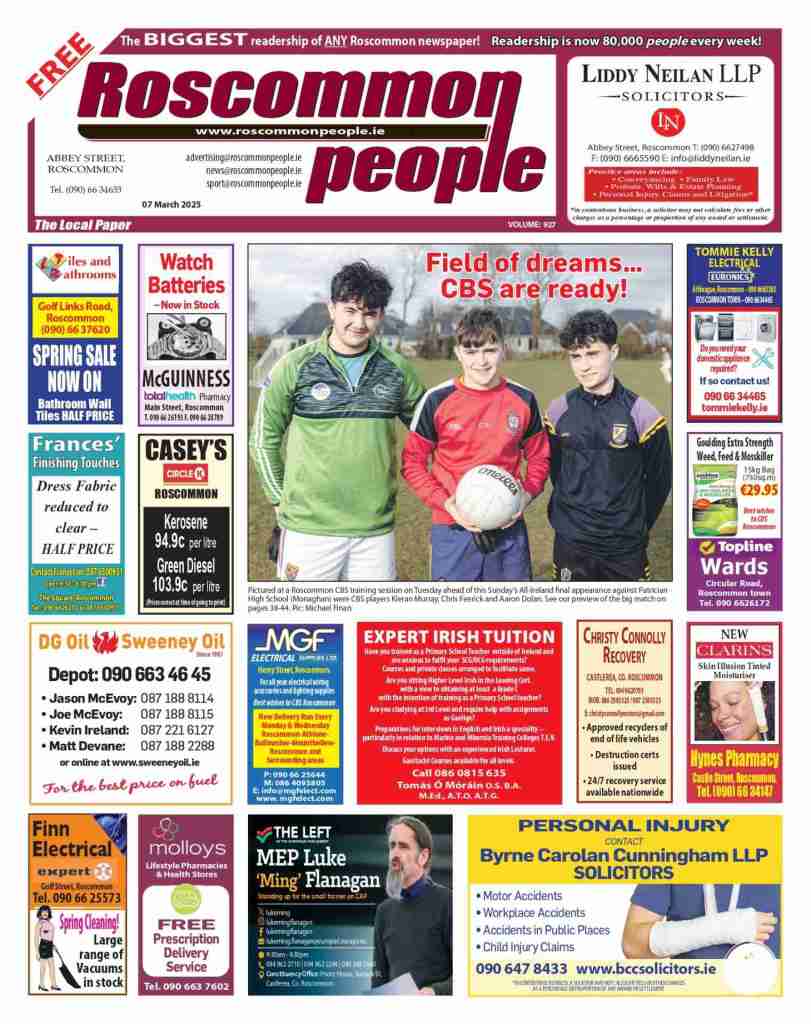 Pete Sampras?
Pete Sampras?
Yeah okay, not bad…but…
Djokovic?
Yeah, but…
Nadal???
Yeah, good player, very dashing, charismatic…but…
ROGER FEDERER??
Yeah, but….
YEAH BUT WHAT?
Yeah, they’re all good players – probably heroes – but it was too late, much too late.
No, if I’m to have a tennis hero, they’ve got to be from…that other time. From the 1970/’80s, when tennis meant ‘Wimbledon’. When the tennis really, really mattered…when the commentators rhapsodised
about strawberries and cream, when Cliff Richard or Princess Diana or Terry Wogan himself waved from the posh seats, when rackets were made of wood, and when we cursed the infuriating rain showers and that depressing sight of Wimbledon ground staff rolling the covers over the court and closing down our afternoons. At its sun-kissed peak, Wimbledon was the saviour of our summers. Bereft over the ending of the English soccer season, distraught at the onset of the (then) dreaded cricket, we found joy and solace and excitement in the mystique and magic of Wimbledon, and a sport we knew little about.
Tennis hardly ever entered our minds, those two weeks of Wimbledon apart. Except on that school bus. In Rooskey, every morning at about 8 am, the school bus stopped between two pubs…The Widow’s (Reynolds’) and Tony Fallon’s. The widow was Mrs. Reynolds, a legendary publican who, after her husband had passed, successfully ran a popular, traditional bar, through hard work and charisma. Tony Fallon, the proprietor next door, was a man of vision, an entrepreneur who had helped to put Rooskey on the map.
When the school bus scooped its (usually) freezing victims up and spluttered onwards – Pete our patient driver – within a minute we were passing the Beirnes’ house. My father was a client of Joe, a friendly gentleman who worked in the legal profession. To the right of the Beirnes’ house, as you looked down enviously from the school bus, was an actual tennis court, with all the trimmings. You could ignore it, admire it, or just daydream. Then reality took over. Reality, when we got to Newtownforbes Convent (a co-education facility), was something that didn’t rhyme with tennis. We trudged in at 8.20 every morning, in the hope of 40 minutes’ of football before our first class. That worked out on the mornings that Sr. Immaculata didn’t get to us first. On the fateful mornings when her gaze stopped us dead, Sr. Immaculata would direct the ‘early bus’ boys to pluck weeds from the cement yard at the school entrance. Pluckin’ brilliant.
A tennis hero?
If I have a tennis hero, it’s not from the modern crash, bang, wallop era, when powerful superstar athletes with super-rackets outmuscled (as much as out-thought) their opponents. My hero’s from the past, because of the impact the stars of the ‘70s and ‘80s had on my generation. Once we (finally) got the BBC, tennis arrived into our world…and it was love at first sight. Love-all…
My hero isn’t Jimmy Connors, the grunting, moody, but lion-hearted American, the first Wimbledon champion I can recall (1975). Short of fuse but high on passion, he left everything on the court, including whatever grievances he had with the world.
My hero isn’t Ivan Lendl, he was just too sullen to care enough about. My hero (or heroine) isn’t Martina Navratilova, though I grew to admire her greatly. For years she dominated the ladies’ game, at times robotically crushing opponents, at times killing them with flair. The victims usually stood no chance. Martina was magnificent.
Nor is it Chris Evert, the sport’s ‘golden girl’, who won a number of Grand Slams, but was denied many more by Navratilova’s greatness.
Nor is my hero John McEnroe, even though he was box office…blessed with shot-making brilliance that was envied by his peers, marketed as half-Irish, famously possessed of a volcanic temper, the boundaries of which he routinely tested out on patient officials. It was hard to take your eyes off ‘Supermac’, but long before his career ended I had ceased caring whether he won or lost. His antics, some of which I am convinced were an extravagant act, became tiresome, and a big distraction from his artistry with a racket.
Closer to my heart than McEnroe could ever be was the wonderful, mercurial Ilie Nastase. A gifted tennis player, the Romanian was also a brilliant entertainer, eccentric, unpredictable. Like Alex Higgins in snooker, Nastase put the fans first. I dreaded it when his run in a tournament came to an end.
And then there was…my tennis hero.
‘For a very long time Bjorn Borg looked like a man far more likely to break others’ hearts than to have his own heart broken. Few sportsmen have been as merciless as the Swede. The late Vitas Gerulaitis, his great friend, once recalled of their matches: ‘Every time I play Borg I come out with some 30 ideas that should get me victory. And each time Bjorn breaks each one of the 30 to pieces, like a clay-pigeon shooter’. They practised together most weeks on tour and played each other 16 times in tournaments, including an epic Wimbledon semi-final in 1977. Gerulaitis never won once. Every player Borg faced had a similar story. Jimmy Connors, the greatest slugging competitor, lost 10 matches in a row to him. Ilie Nastase, the master gamesman, was brutally denied the Wimbledon championship he felt was his destiny by the 20-year-old Borg in 1976.
‘For his six French Open titles and five Wimbledons, unparalleled summers of achievement, it seemed that failure would never be an option for Borg. His arrival in SW19 in 1973 had been heralded by the hormonal screams of girl fans, a new sound on Centre Court; but by the time he won there three years later, even those screams had faded. There seemed no way to get to him, so focused was he on the next ball, and the next’.
– Tim Adams, writing in The Guardian
Borg was the one. He didn’t just win Grand Slam titles, he won them with the coolness of a cunning thief in the night. Without showing any emotion. He was fascinating, charismatic, a silent assassin. For seven glorious years, Borg ruled the centre courts, before disappearing, rather like a thief in the night…
By the time he was 26, he had mopped up a remarkable 11 Grand Slams, including six French Opens. But it was his gripping dominance at Wimbledon that made him a superstar. In the era before multi-channel TV, the Internet and social media, Wimbledon really was the only tennis we ever saw.
Borg won his first Wimbledon in 1976, beating Nastase in the final. He followed up with titles two and three at the expense of Jimmy Connors, before making it four-in-a-row with victory over Roscoe Tanner in the 1979 final.
In 1980, Borg faced McEnroe in a Wimbledon final for the first time. McEnroe won a classic fourth set tie-break (18-16), but Borg went on to win the fifth set, and his fifth Wimbledon in a row.
In 1981, they met in the final again. McEnroe, denying Borg a sixth Wimbledon in a row, won his first. Borg and McEnroe had many great encounters all over the world, but their two Wimbledon final showdowns were highlights of our youth, small screen epics.
Borg’s shock decision to retire in 1983, at just 26 years of age, rocked the sporting world. McEnroe was devastated. Although Borg ‘making off into the night’ meant that McEnroe could start planning a bigger trophy cabinet, the American pleaded with his great rival to reconsider. McEnroe knew that tennis without Borg and McEnroe was like Hollywood without Taylor and Burton, boxing without Ali and Frazier, golf without Watson and Nicklaus. McEnroe’s greatest tribute to Borg was the fact that he never once misbehaved when playing the Swede. McEnroe had too much respect for Borg to sully a moment of their great duels with something as graceless as an onslaught on an umpire.
So, the world was robbed of the tantalising unwritten chapters of Borg v McEnroe. Just when the rivalry was set to soar into the stratosphere, it came crashing down to earth, to our open-mouthed despair. We waited, we wondered…but Borg was really gone, leaving millions of distraught fans with just the memories of his gracefulness and greatness…
Back in Rooskey, the school bus kept passing that tennis court on the Longford Road. Then, at some stage, Tony Fallon (I did say he was a man of vision) opened up tennis courts next to his pub. In a small hut across from the net, rackets and balls for hire. Enthusiastically, we ventured into this wonderful other world. Tennis in Rooskey! The sun blistered the court. We served and lobbed and panted, mostly in pursuit of wayward balls. There were perhaps two or three summers of stuttering forays to Fallon’s for the tennis, before we reverted to football, and thumbing to Longford every Wednesday to play snooker, past Newtownforbes and the weed-less schoolyards.
Now? Now we catch tennis very, very occasionally, from wherever in the world. Wherever, whatever! It no longer stirs the heart. Great 21st century champions set new standards, raising the game beyond our romanticised view of those ‘wooden racket days’. So be it. For some of us, nothing will ever replace the wonder of those days when Borg ruled the world.
When Bjorn Borg won his fifth Wimbledon in a row in the summer of 1980, we cheered him on in Rooskey. McEnroe’s day would come, and he too would be a great champion, tantrums thrown in. 1980. On the sun-kissed Wimbledon grass, Borg – headband tight around his blond hair – sank to his knees, exhausted and exultant, a rare show of emotion. A thief only of others’ dreams. A hero for the ages.





